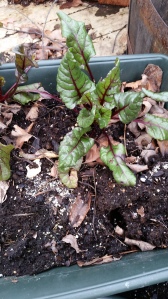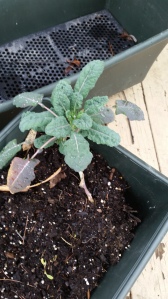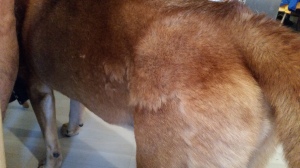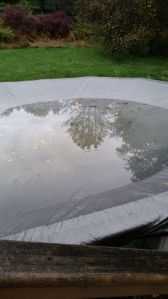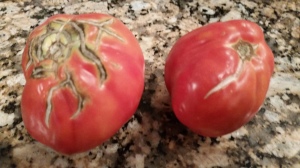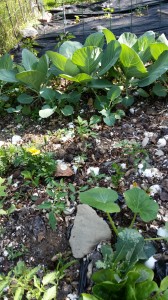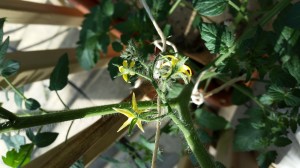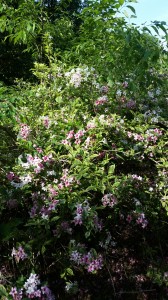With Thanksgiving coming up, my thoughts turn naturally to food.
One of the first things that strikes a modern person when one researches food from this era is how meat heavy it is. The American plate for the last fifty or so years has been meat, a vegetable and a starch like potato or rice.
Johnny cakes or cornbread would have more likely been the starch on the table. And while vegetables from the garden would be available in the summer and early fall, people would have been limited to good keepers like cabbage apples, and carrots after that.
Refrigeration was primitive. Root cellars, holes dug into the ground and cool, were further cooled with ice covered in sawdust for insulation.
But meat, both from domesticated animals and whatever a hunter could bag, was available all year. (Assuming enough wealth to own animals or the skill to hunt successfully.)
Here is a list of some of the animals eaten:
The regular domesticated: beef, pork, mutton, lamb and chicken.
Fish: salmon, shad, Hannah Hill (sea bass), oysters, lobster, cod, haddock, perch, eels
Wild: ducks, geese, partridge, deer, snipes, pigeon, hares and rabbits, turtles and of course turkey.
Recipes included many herbs.
No wonder people longed for greens in the spring.

